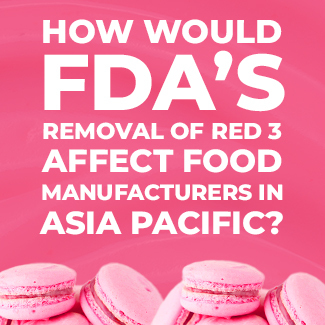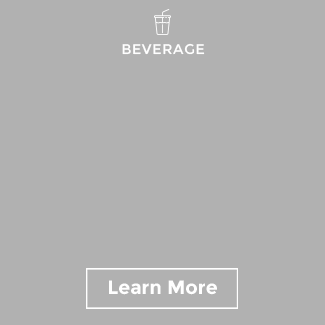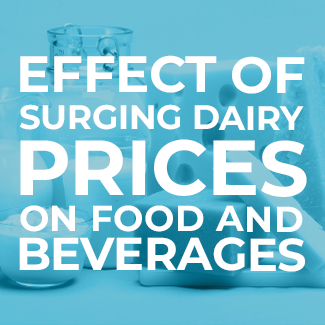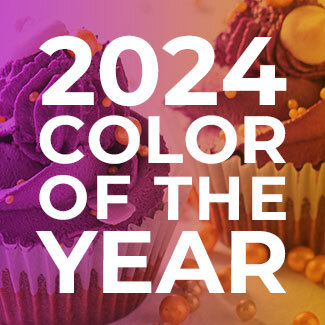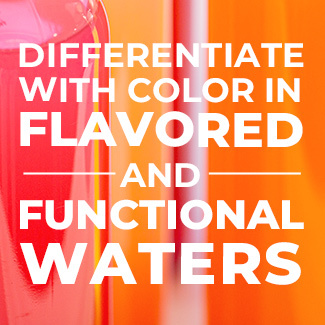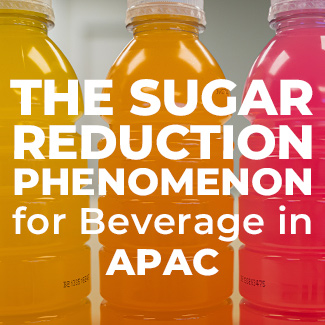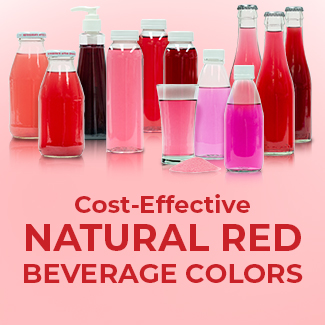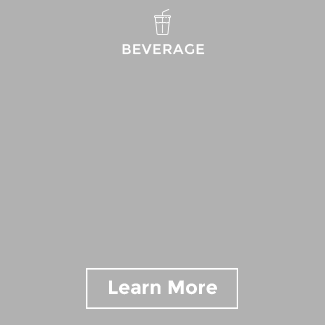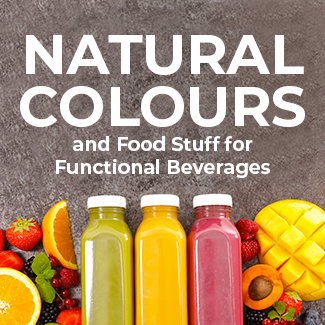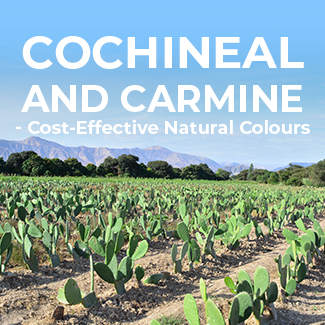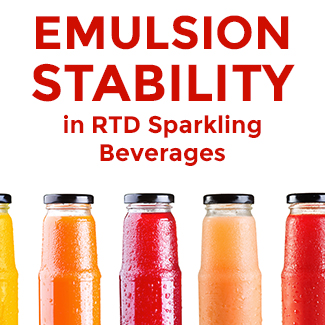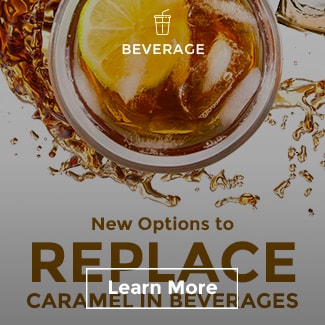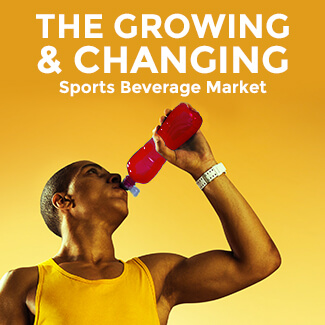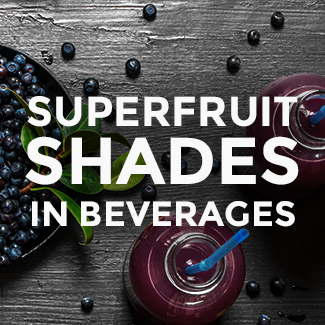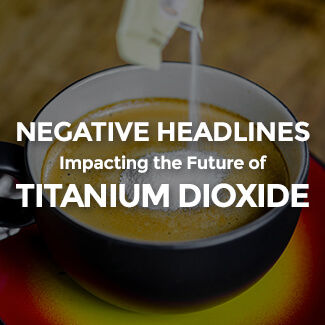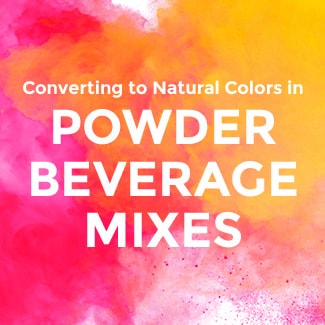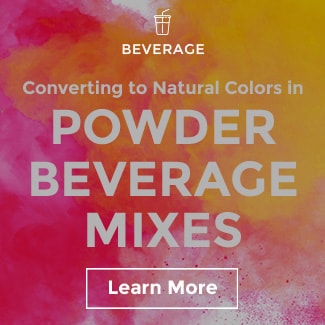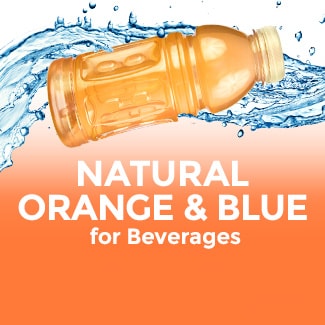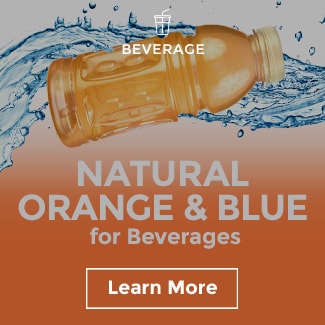The Energy Drink Segment is Evolving – Naturally!
Energy Drink Category Continues to Surge
The energy drink subcategory is bursting with opportunity and growth globally, with +21% in dollar sales from last year (IRI, 52 weeks ending 10/3/2021) with a projected CAGR of 9.12% from 2022-2027 (Modor Intelligence). Brands like Sting, Carabao, V, Alani Nu, and Celsius are stiffening the competition against the big brands that once dominated the category by offering new clean ingredient benefits to consumers.
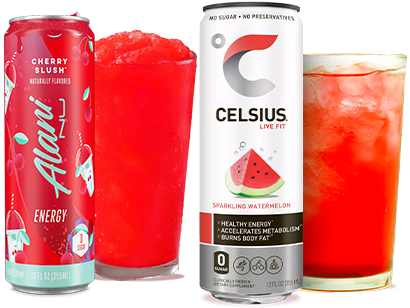
Both Alani Nu and Celsius energy drinks give consumers a 200mg boost of caffeine with 0G of sugar
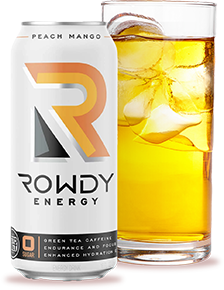
Rowdy Energy Drinks not only provide consumers with a beverage option made with all-natural ingredients but also with a specialty electrolyte blend and wellness-boosting nootropic ingredients like l-theanine in some SKUs
 As current energy drink brands and emerging players formulate to differentiate, product developers and brand managers should consider using bright colour from natural sources to stand out from the crowd. Sensient’s extensive data on the value of colour even indicates that vivid colour increases purchase intent and flavour perception too, making it a win-win opportunity.
As current energy drink brands and emerging players formulate to differentiate, product developers and brand managers should consider using bright colour from natural sources to stand out from the crowd. Sensient’s extensive data on the value of colour even indicates that vivid colour increases purchase intent and flavour perception too, making it a win-win opportunity.
Brands marketing around taste should highly consider the power and influence of colour on consumers’ taste perception: Can you imagine Coke or Pepsi being clear?
Do not underestimate the power of colour with consumers—we eat (and drink!) with our eyes first after all!
Technical Considerations for Formulating with Natural Colours
#1 pH
Stability
Formulators working with natural colours in ready-to-drink beverages like energy drinks should keep several things in mind. First, the acidity of the base has a potentially significant impact on the success of certain natural colours. Some colours love low pH levels and thrive in these environments, like anthocyanins, including Sensient’s cost-effective red Black Carrot juice. Other natural sources, like beet, thrive much better in a higher acidity system.

#2 Processing
Parameters
Processing conditions or requirements can also affect natural colour performance. Some natural colours degrade under the heat treatment during hot-fill, while others excel. Also, whether it comes in a powder versus liquid form can also impact success. Sensient’s beverage colour experts can help identify the most optimal natural colour solution that fits your manufacturing needs.
#3 Ingredient
Interaction
Developers should also be aware that not all ingredients get along with one another in the same beverage system. For example, vitamins can cause interaction between ingredients, depending on the fortification blend being added to the formulation. It is especially important to do stability testing of natural colours in full systems, which Sensient can provide support in.
Innovating Naturally and Colourfully
Unleash nature’s rainbow in your next energy drink launch…
Sun Yellow:
Turmeric imparts bold yellow shades and is a popular choice for brands seeking an energetic visual boost. Although it is light-sensitive, it is a great choice for energy drinks in opaque aluminum cans.

Golden Rays:
For warmer yellows that are stable under light exposure, Beta Carotene is a great, cost-effective option.

Fresh Citrus:
Paprika is a bold orange colour that has a reputation for off-notes. Sensient’s purification technologies enable its use in beverage applications without flavour impact!

Blood Orange:
For hot tropical shades, Beta Carotene can also be a strong option, presenting multiple shades from deep orange to a scarlet blood orange hue.

Just Peachy:
If your flavour is even “pinker” in the orange range, there are Beta Carotene solutions that hit peach, coral, and even pink shades!

Red Alert:
One of the most cost-effective anthocyanins in beverage applications, Black Carrot adds classic red hues to the rainbow.

Dragonfruit Pink:
Cochineal offers beverage developers a bright, almost neon pink solution. However, other pink solutions like purple sweet potato or black carrot at lower concentrations might be necessary if a plant-based label is important.

Dark Cherry:
Sensient’s agronomy team is constantly working to add cost-effective options like additional varietals of Black Carrot to our portfolio, including new shade options within the same botanical family..

Ultraviolet:
The only FDA-approved blue or purple compatible with high-water applications like energy drinks, Butterfly Pea Flower Extract adds rich purples to the rainbow at low pHs.

Rich Brown:
For caramel-free, cost-effective browns, Sienna™ carries a “fruit juice” label and is a single-component solution for shades from light brown to deep chocolates.

Of course, every colour has its own distinct hue. Get started on your custom blend with us by scheduling a consultation today.



